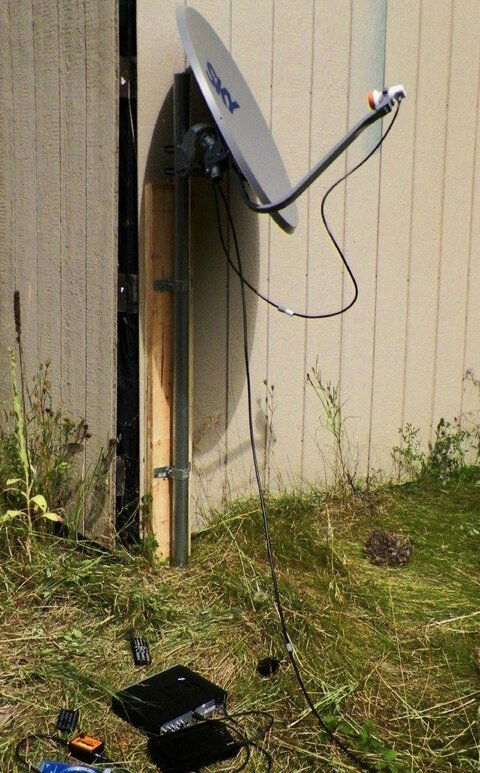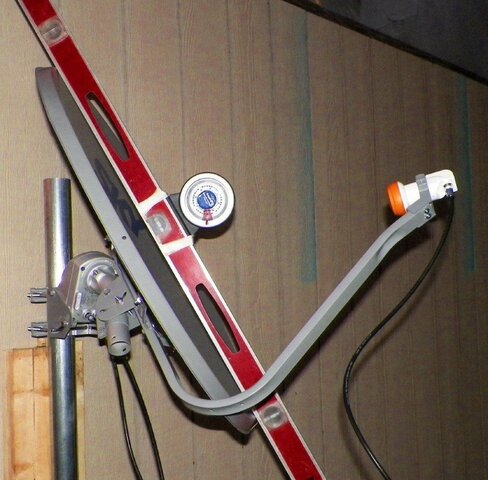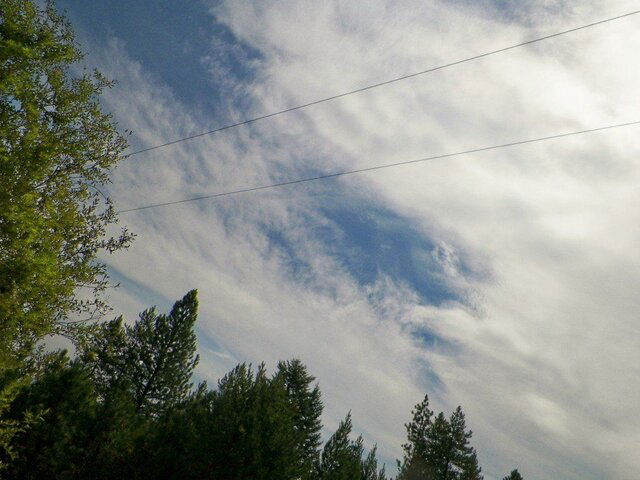'Fraid he's right. Get used to aiming 'just a dish' first. Sans motor.
Do it across the arc. East west and south. Then when there's an 'understanding' of what your looking for, and known transponders are in the receiver, all dead ones removed, aligning the motor will be a LOT easier.
Will also 'show you' how long that receiver takes to lock onto different transponders.
?Then put it on the motor(or try it now, if you wish)
BUT: use USALS, it will move the dish appropriately. No guessing 'how much to move' it E or W.
Do it across the arc. East west and south. Then when there's an 'understanding' of what your looking for, and known transponders are in the receiver, all dead ones removed, aligning the motor will be a LOT easier.
Will also 'show you' how long that receiver takes to lock onto different transponders.
?Then put it on the motor(or try it now, if you wish)
BUT: use USALS, it will move the dish appropriately. No guessing 'how much to move' it E or W.





